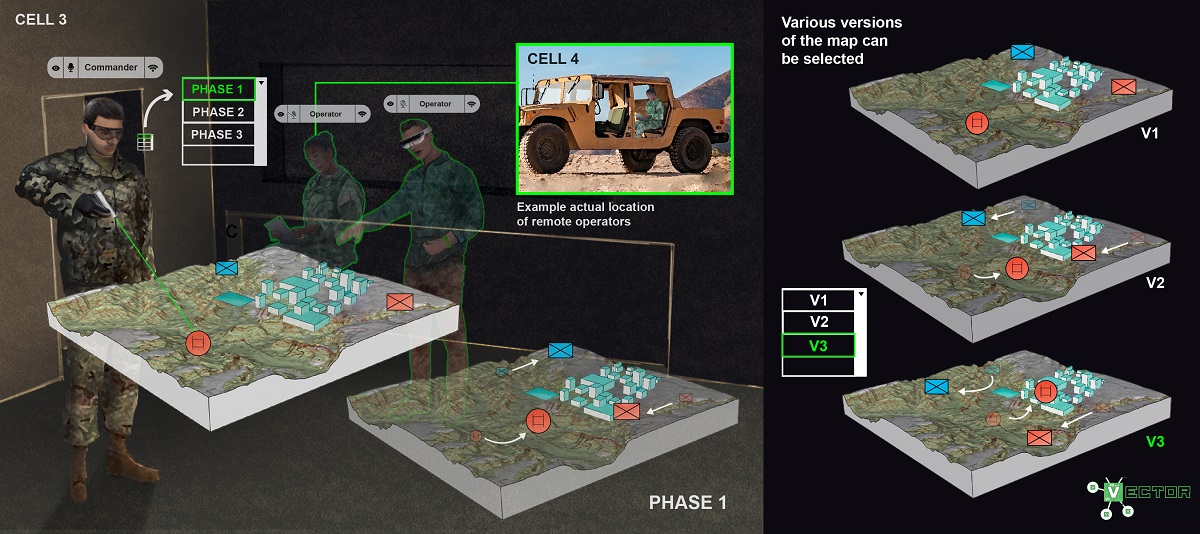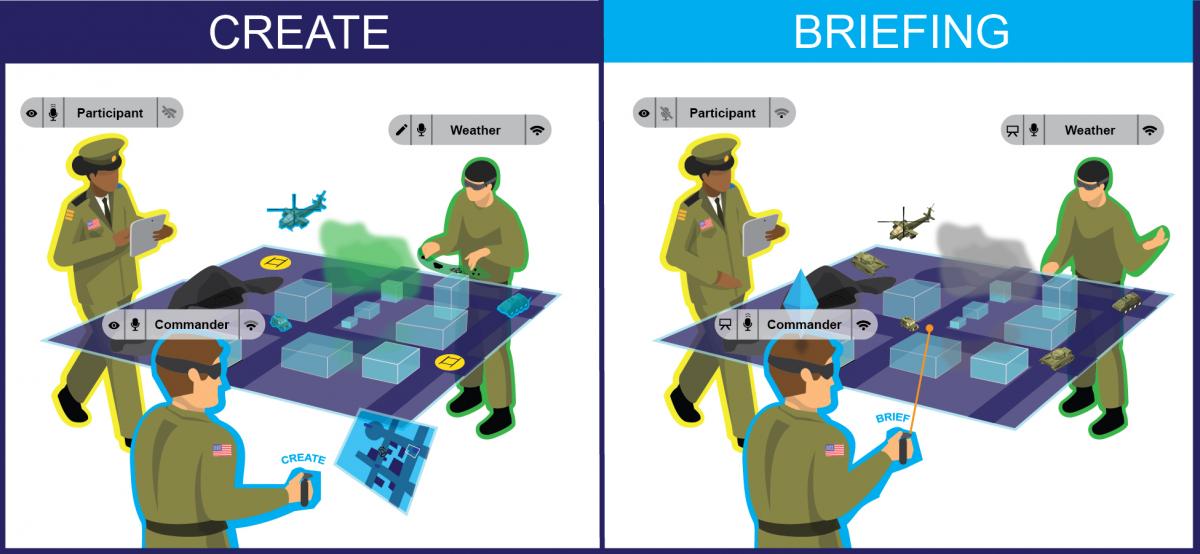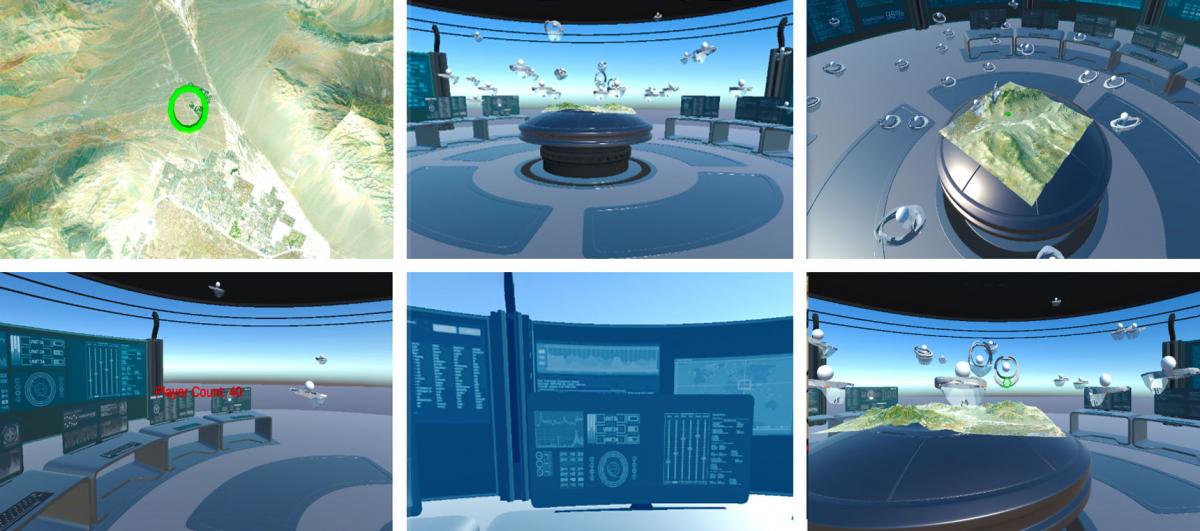Charles River Analytics Inc., developer of intelligent systems solutions, has received funding from the US Army to build our Virtual Environment Collaboration Tools for Operational Readiness (VECTOR) augmented and virtual reality (XR) system.
VECTOR uses synchronized virtual collaboration environments so distributed and dispersed Mission Command personnel can collaboratively plan, rehearse, and execute missions. VECTOR solves several problems faced by the US Army—Mission Command tasks are increasingly more difficult as global threats become more distributed, agile, and technologically advanced. Traditional and stationary command posts often suffer from degraded connectivity that limits communication and collaboration with distributed Mission Command personnel.
“VECTOR enables Commanders and other stakeholders to rapidly establish a virtual collaboration environment that promotes shared situational awareness and dispersed Mission Command execution, even under denied, degraded, intermittent, or limited network conditions,” said Arthur Wollocko, Senior Software Engineer at Charles River Analytics and Principal Investigator on the VECTOR effort.

With VECTOR, Commanders can clearly communicate their intent and objectives to empower subordinates to achieve mission objectives.
Commanders and Soldiers can join VECTOR’s virtual environments through XR, mobile, and desktop applications. Once connected to a session, personnel can access a suite of collaboration tools that center on a 3D geospatial battlefield common operating picture.

When creating the virtual sandtable (left), users take different roles, using their own devices to add content to the overall collaborative environment and create a shared common operating picture. During the briefing (right), participants interact with the environment to review and communicate battle plans.
The VECTOR system advances our deep understanding of virtual collaboration and data visualization in mixed reality. VECTOR augments Commanders’ situational understanding, allowing them to support Mission Command across networks and co-locations.

VECTOR prototype concept gallery. VECTOR offers Commanders and Soldiers an open and extensible network and application architecture that supports dispersed Mission Command through synchronized virtual collaboration environments.
This material is based upon work supported by the Army Futures Command (AFC), US Army Combat Capabilities Development Command (CCDC), Command, Control, Communications, Computers, Cyber, Intelligence, Surveillance, and Reconnaissance (C5ISR), Command, Power and Integration (CP & I), under Contract No. W56KGU-19-C-0059. Any opinions, findings and conclusions or recommendations expressed in this material are those of the author(s) and do not necessarily reflect the views of the Army Futures Command (AFC), US Army Combat Capabilities Development Command (CCDC), Command, Control, Communications, Computers, Combat Systems, Intelligence, Surveillance, and Reconnaissance (C5ISR), Communication, Power & Integration (CP & I), US Army Combat Capabilities Development Command (CCDC).

